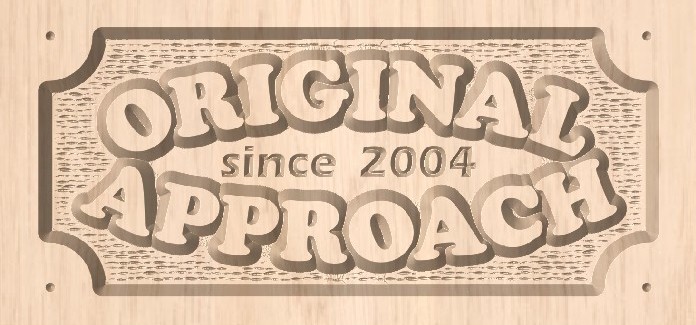 |
||||||||||||||||
|
|
||||||||||||||||
|
American Owned |
||||||||||||||||
|
||||||||||||||||
|
Eco-Friendly |
||||||||||||||||
 |
||||||||||||||||
|
Original Approach Woodworks |
| [HOME] [GALLERY] [CONTACT US] [PRESS RELEASE] [WOOD FAQ] [WOODGRAINS] [FIGURING] [CHILD SAFETY] [LINKS] |
|
COPYRIGHT © 2004-2015 (ORIGINAL APPROACH LLC), ALL RIGHTS RESERVED. |


